Suzuki launches its first battery-electric vehicle
The Suzuki e Vitara is based on the eVX study shown at the beginning of 2023. It will be available in three variants: one with front-wheel drive and a 49 kWh battery, and two with a 61-kWh battery pack, one of which has a front-wheel and the other all-wheel drive.
The smallest variant has a maximum output of 106 kW, the middle one 128 kW, and the top variant has a front motor with 128 kW and a rear motor with 48 kW. The maximum torque for the first two models is 189 Nm, while the top variant offers up to 300 Nm. Suzuki does not state how far its electric SUV can go on one charge. The eVX concept featured a 60 kWh battery and is thus comparable to the top-of-the-range models. The concept offered up to 550 kilometres of range.
The e Vitara has room for five passengers. It is 4.3 metres long, 1.8 metres wide and 1.6 metres high. The wheelbase is 2.7 metres, while the minimum turning radius is 5.2 metres.
According to Suzuki, its new BEV sits on the newly developed platform ‘HEARTECT-e.’ It was specially conceived for all-electric vehicles and “features a lightweight structure, high-voltage protection, and a spacious interior due to the short overhang. The main floor eliminates the underfloor members to maximize battery capacity.”
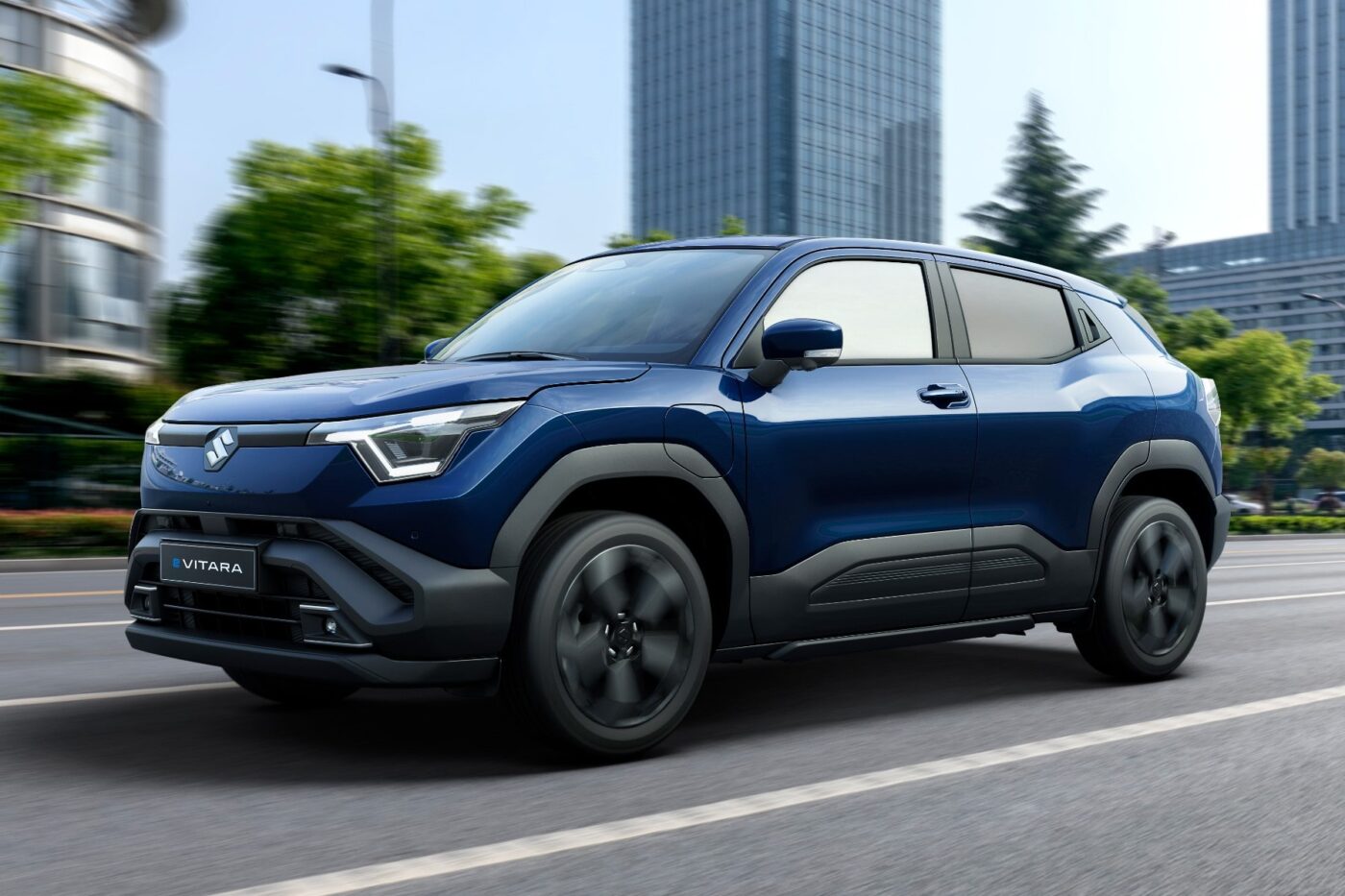
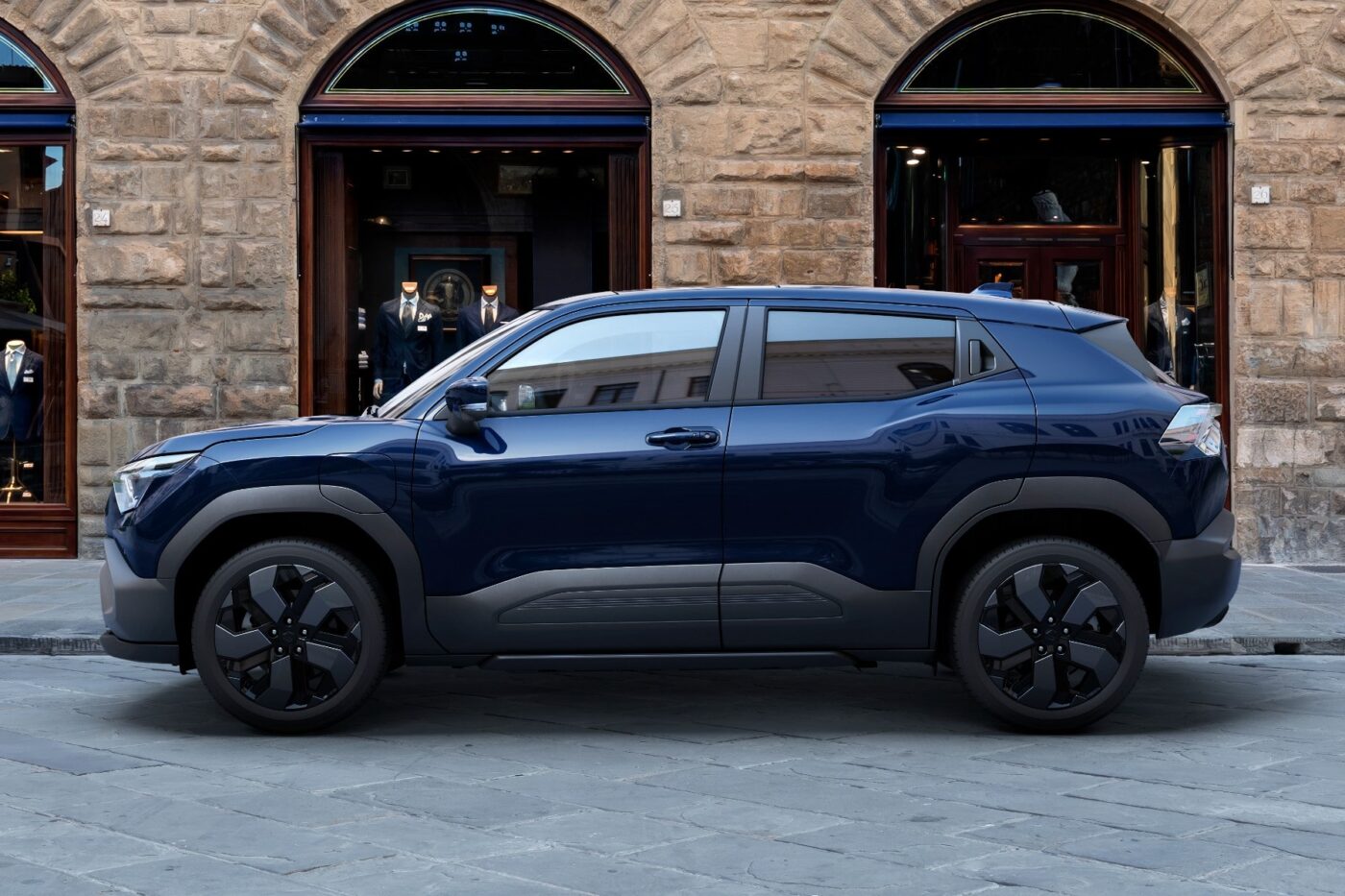
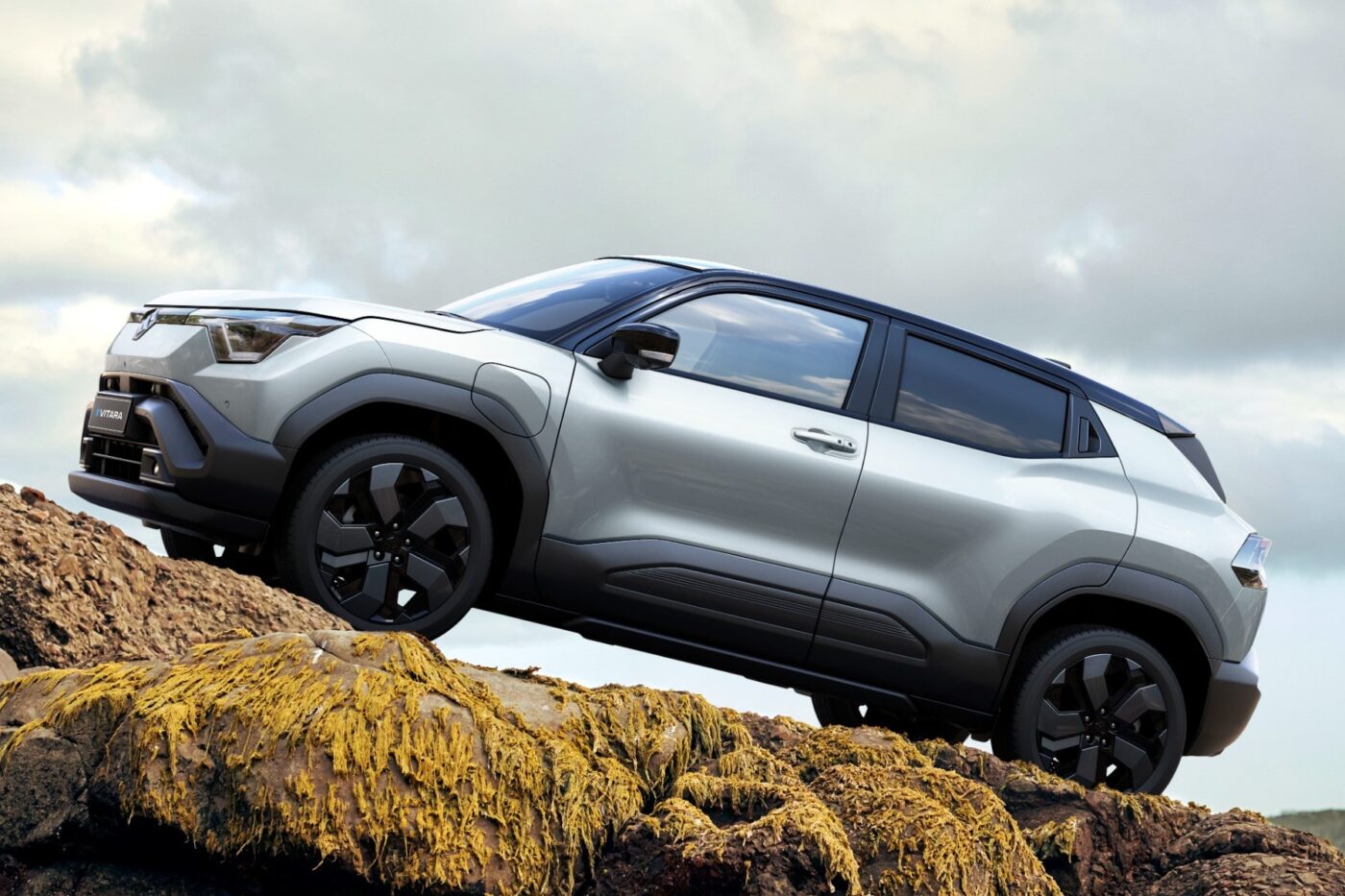
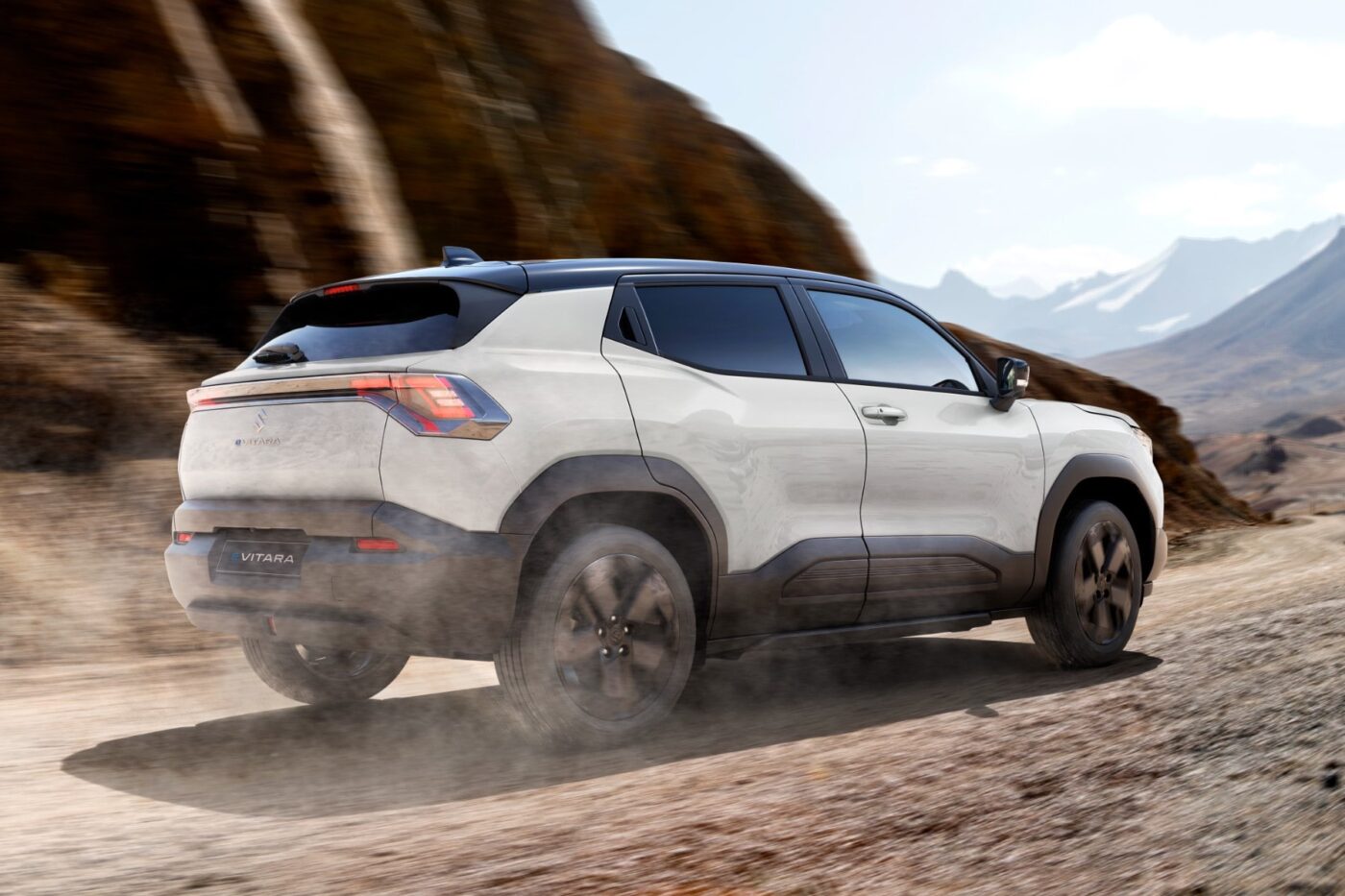
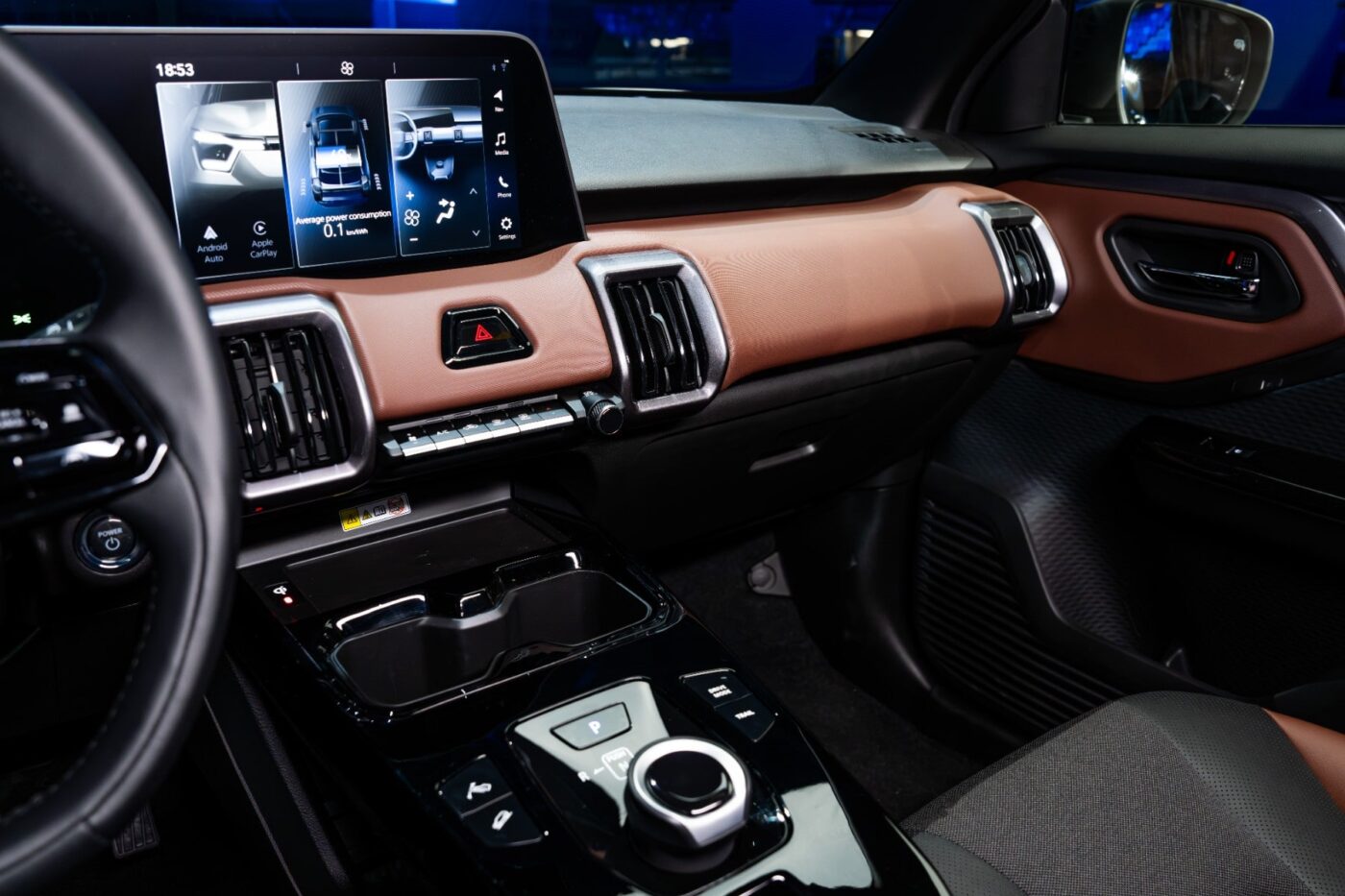
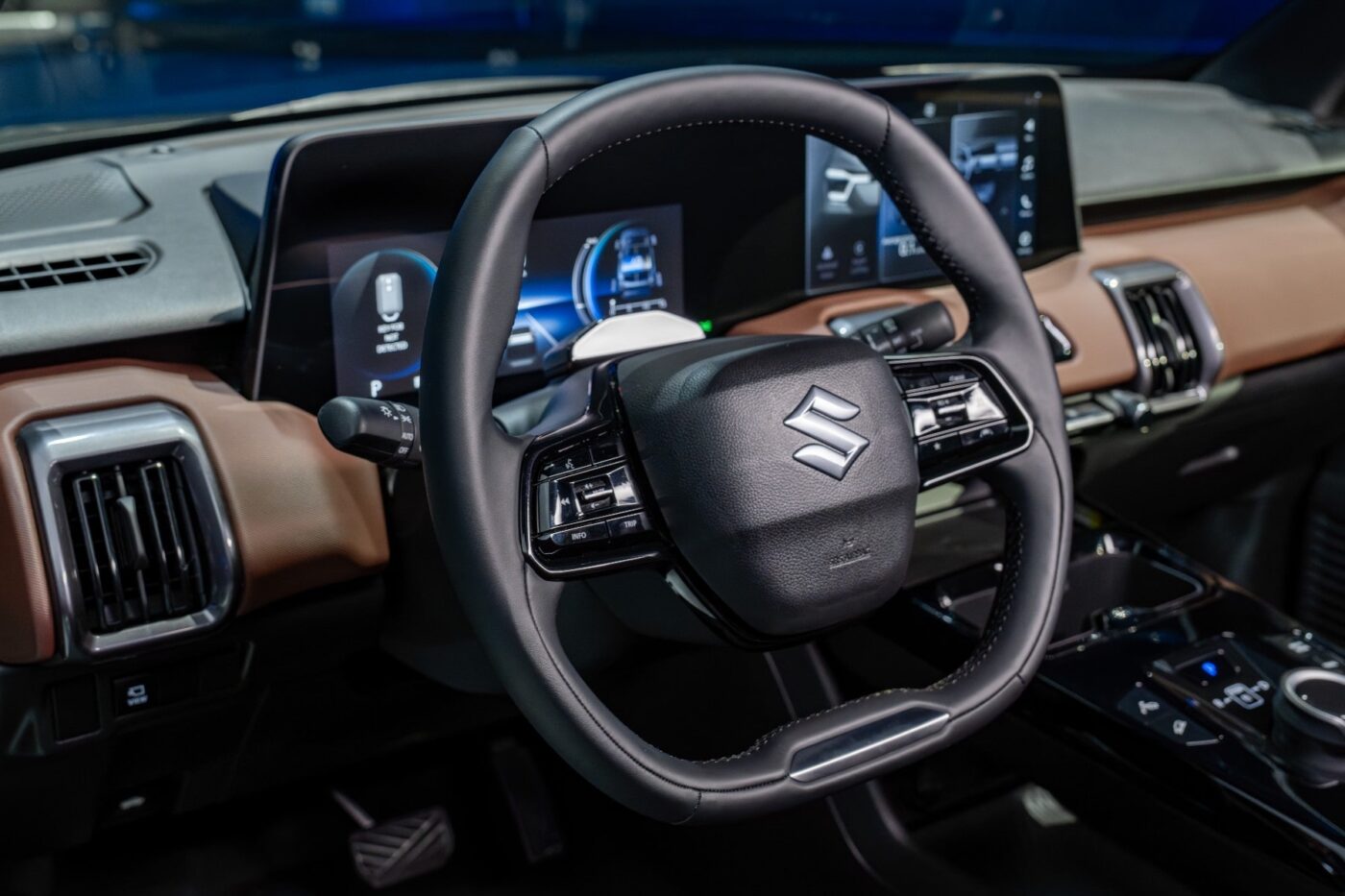
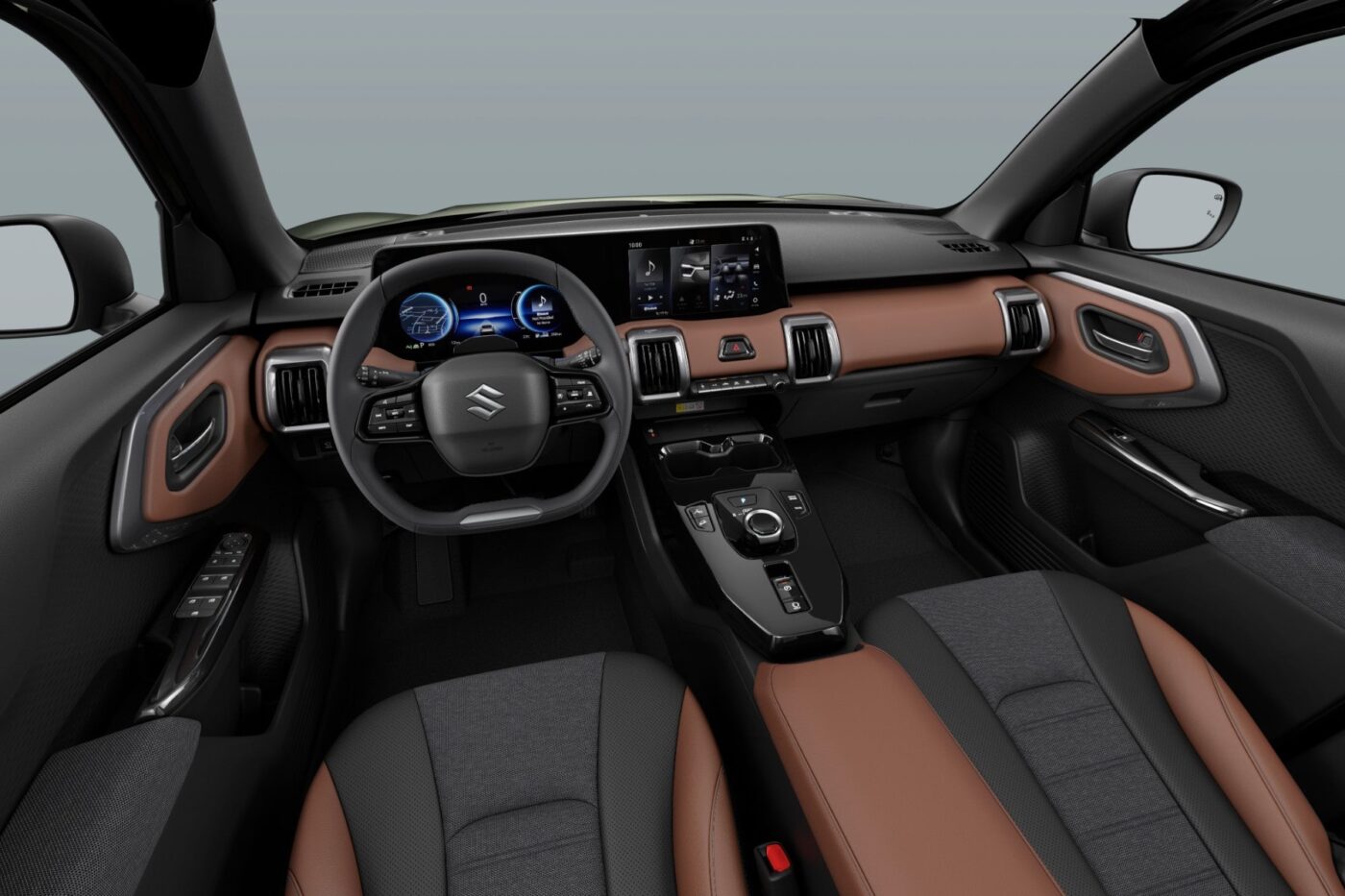
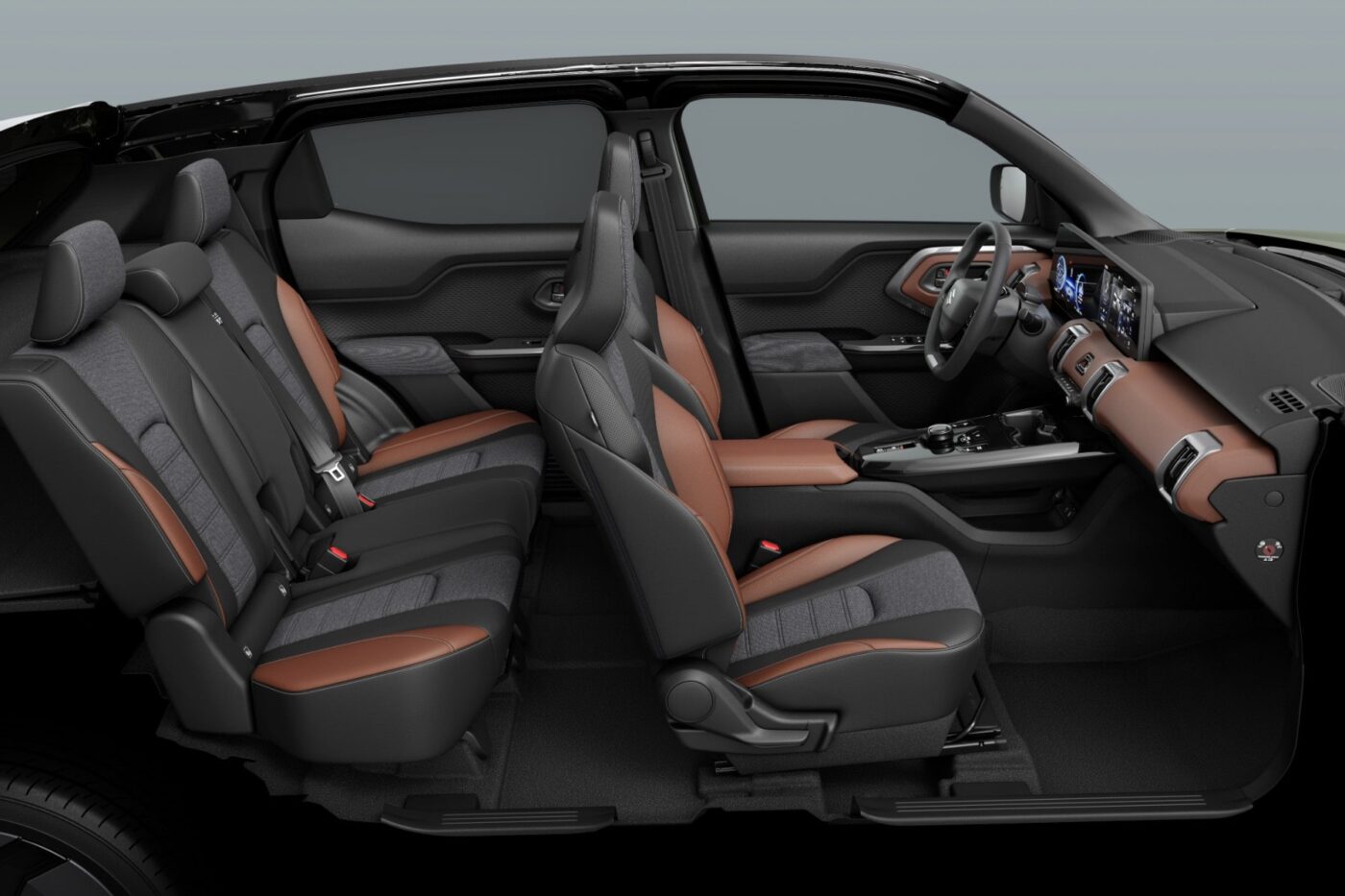
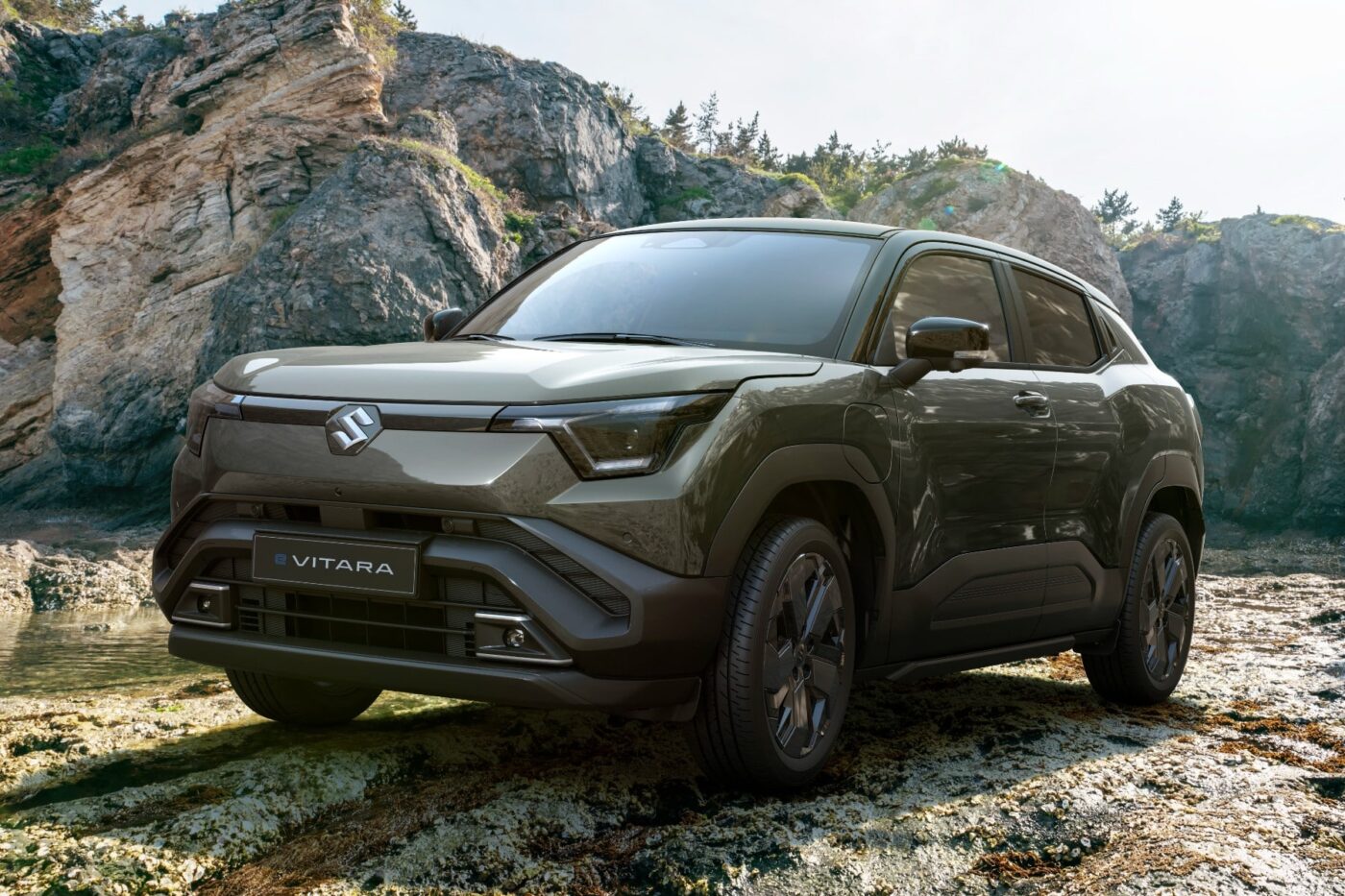
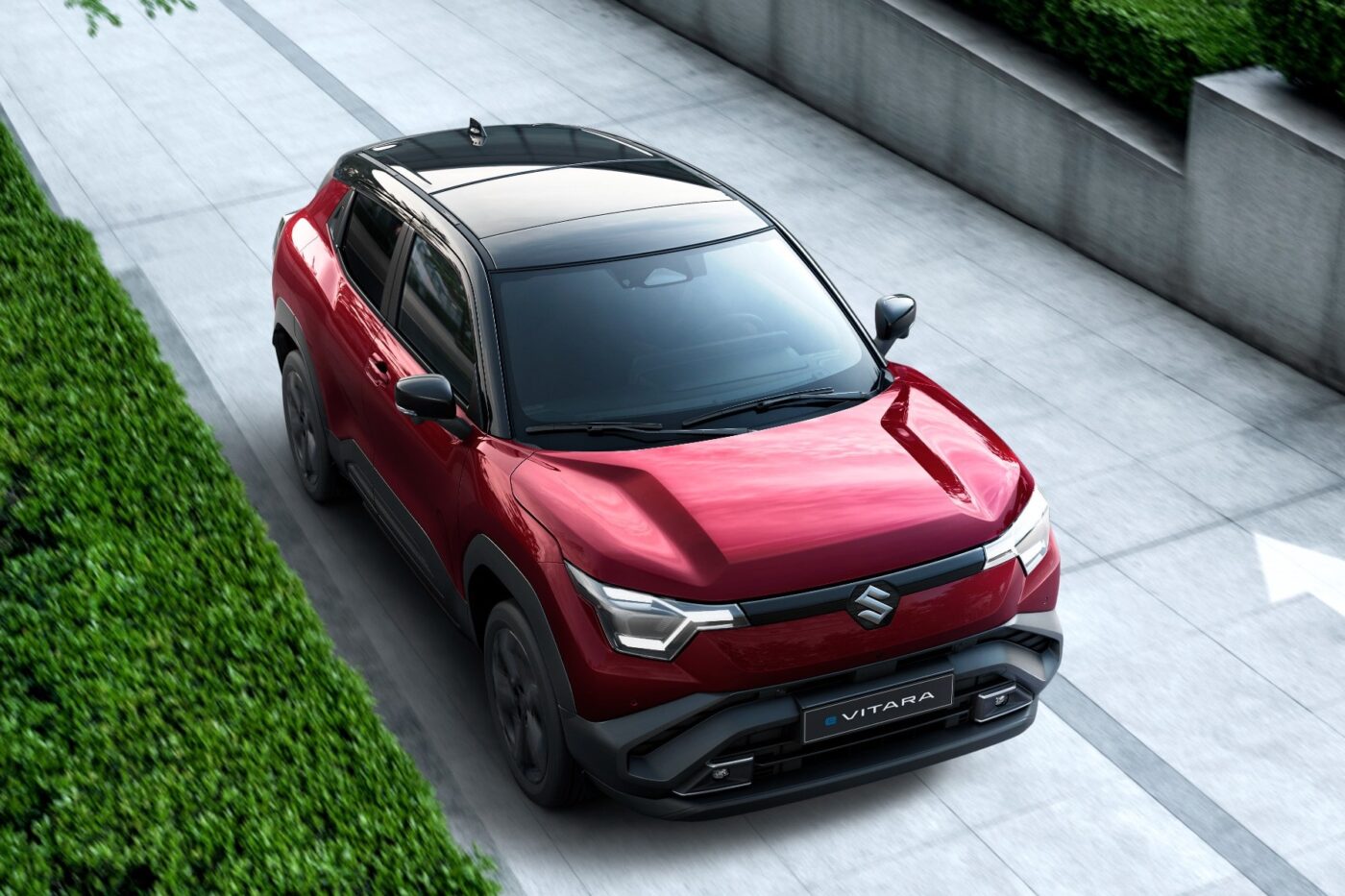

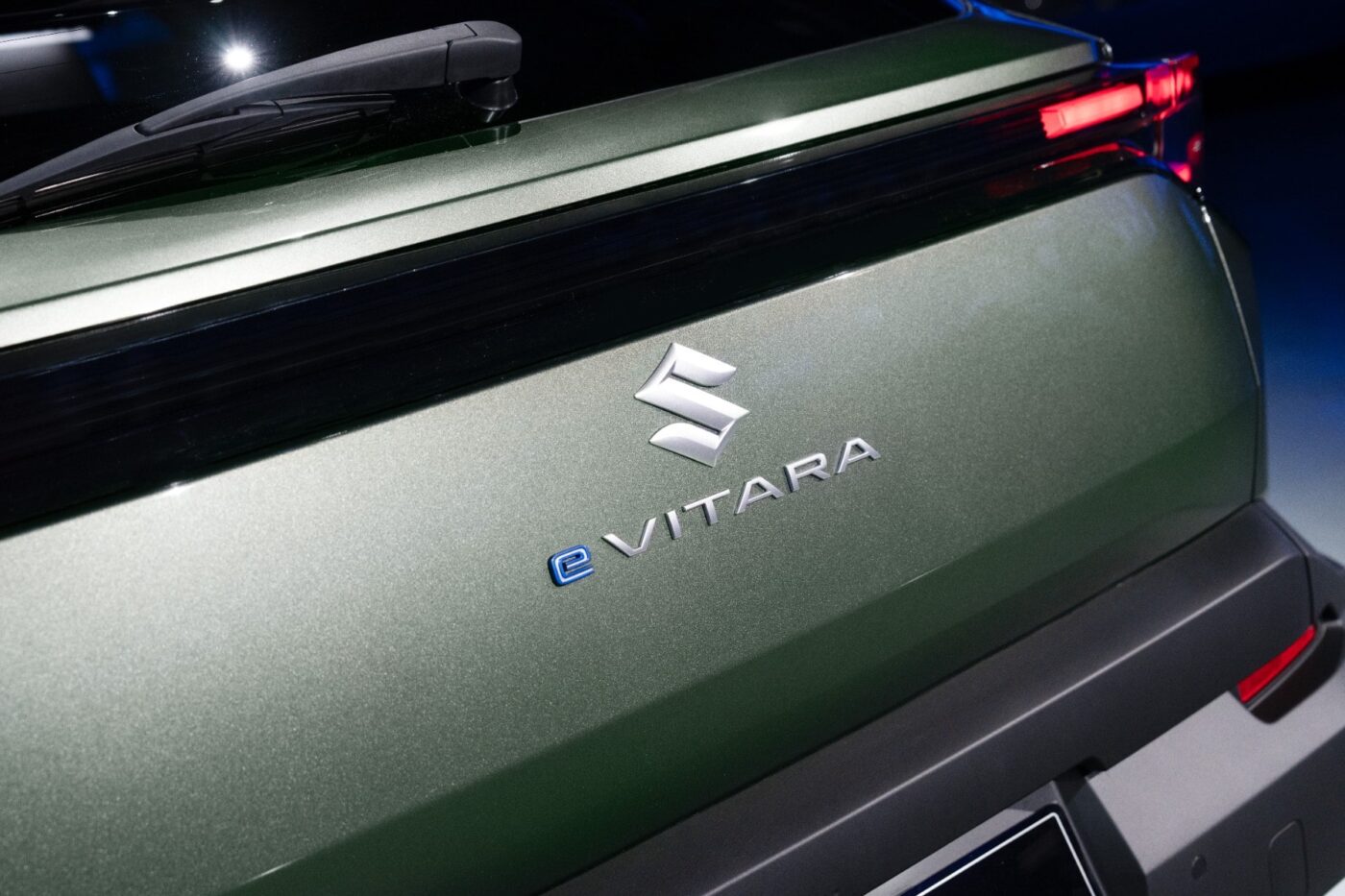
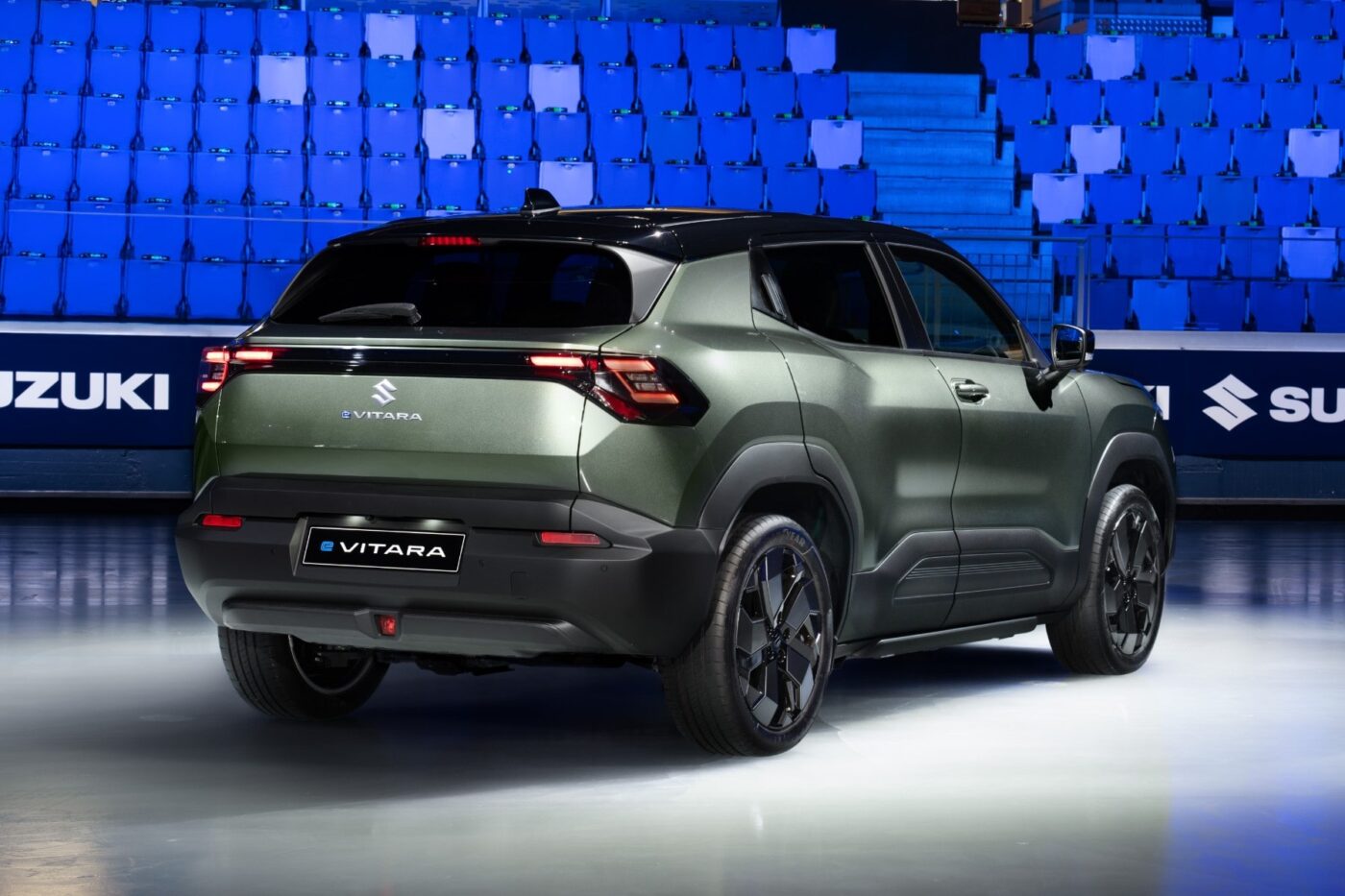
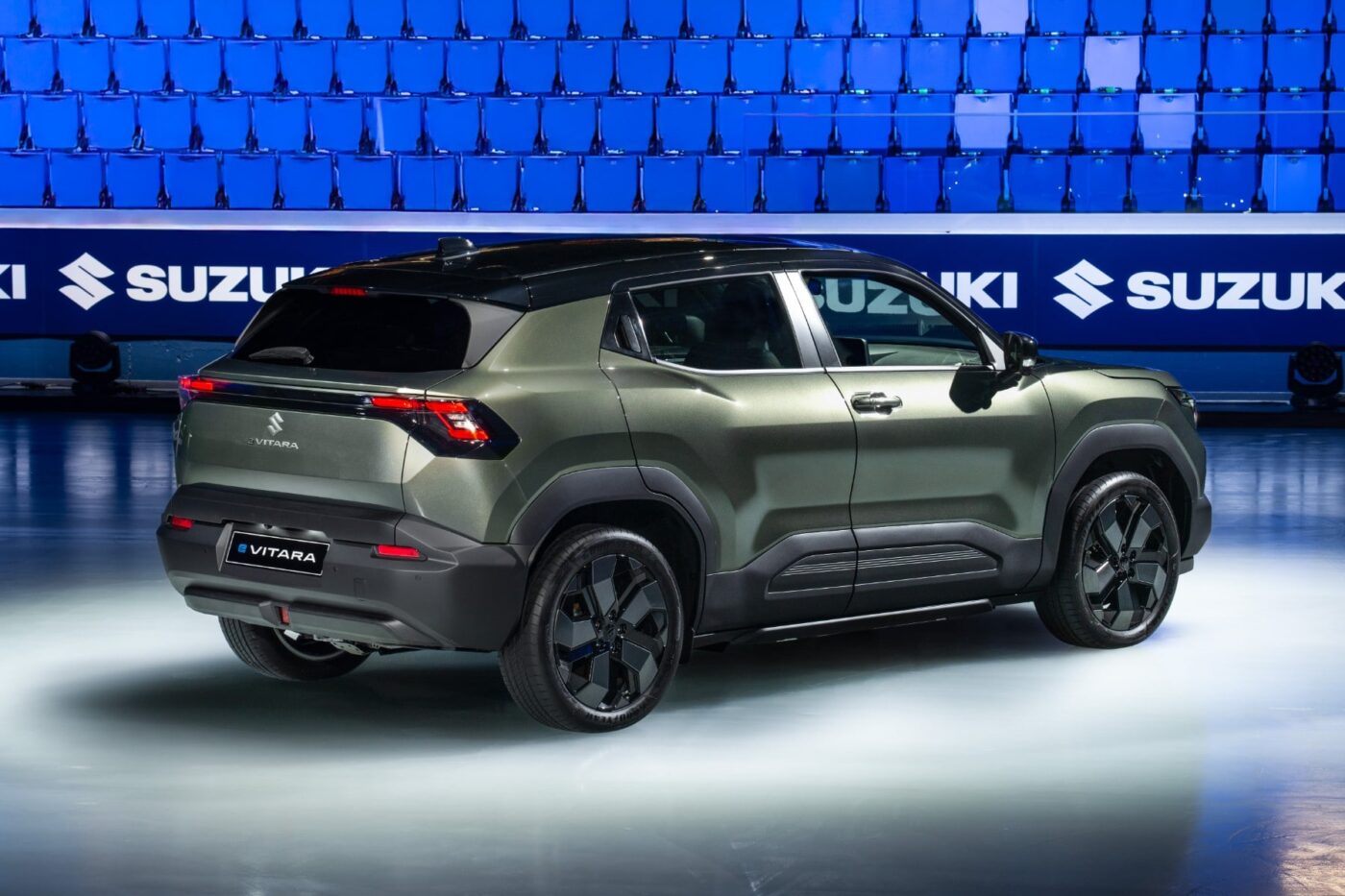
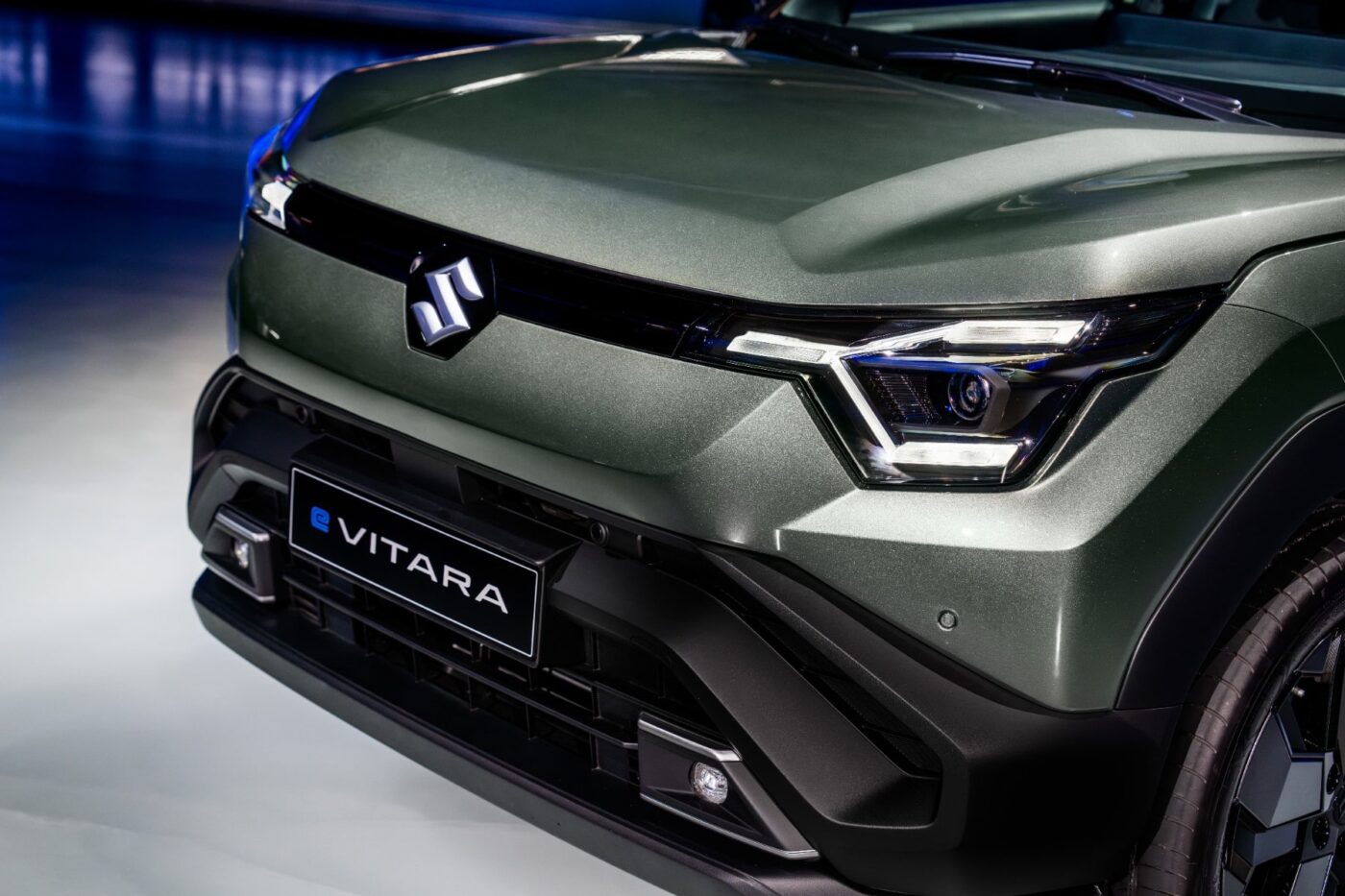
The EV has a single speed electric drive and a “highly efficient eAxle that integrates the motor and inverter, along with the lithium iron-phosphate batteries designed.” The 4WD variant also has the ‘ALLGRIP-e,’ a 4WD system with two independent e-axles that allow for “precise control with excellent responsiveness,” according to the Japanese carmaker.
“The e VITARA is our first BEV, developed through repeated trial and error to create an easy-to-use BEV for our customers,” said Toshihiro Suzuki, President of Suzuki Motor Corporation. “In order to realize a carbon-neutral society, we will provide a variety of options, including BEVs, hybrid vehicles, and CNG vehicles, tailored to specific regions. Introduction of the e VITARA represents a significant milestone in achieving carbon neutrality.”
He added: “Following the launch of the e VITARA, we will continue to expand our BEV line-up and propose mobility solutions tailored to the needs of specific countries and regions.” In 2023, the carmaker said it would invest 2 trillion yen (about 14 billion euros) in the electrification of its product range by 2030, including about 500 billion yen (roughly 3.5 billion euros) for the development and production of batteries.
Although Suzuki is building a pure electric car plant with a capacity of up to one million vehicles per year in the Indian state of Gujarat, this factory is not scheduled to go into operation until 2028/2029. The Vitara e will thus be manufactured at the existing plant in Gujarat, where capacities are also being expanded.
When series production starts in India at the beginning of next year, all units will initially be exported. The further rollout plan after the launch in Europe and Japan is not yet known. As the vehicle was developed in close cooperation with Toyota, a Toyota version will be available. It has also been announced for spring 2025.

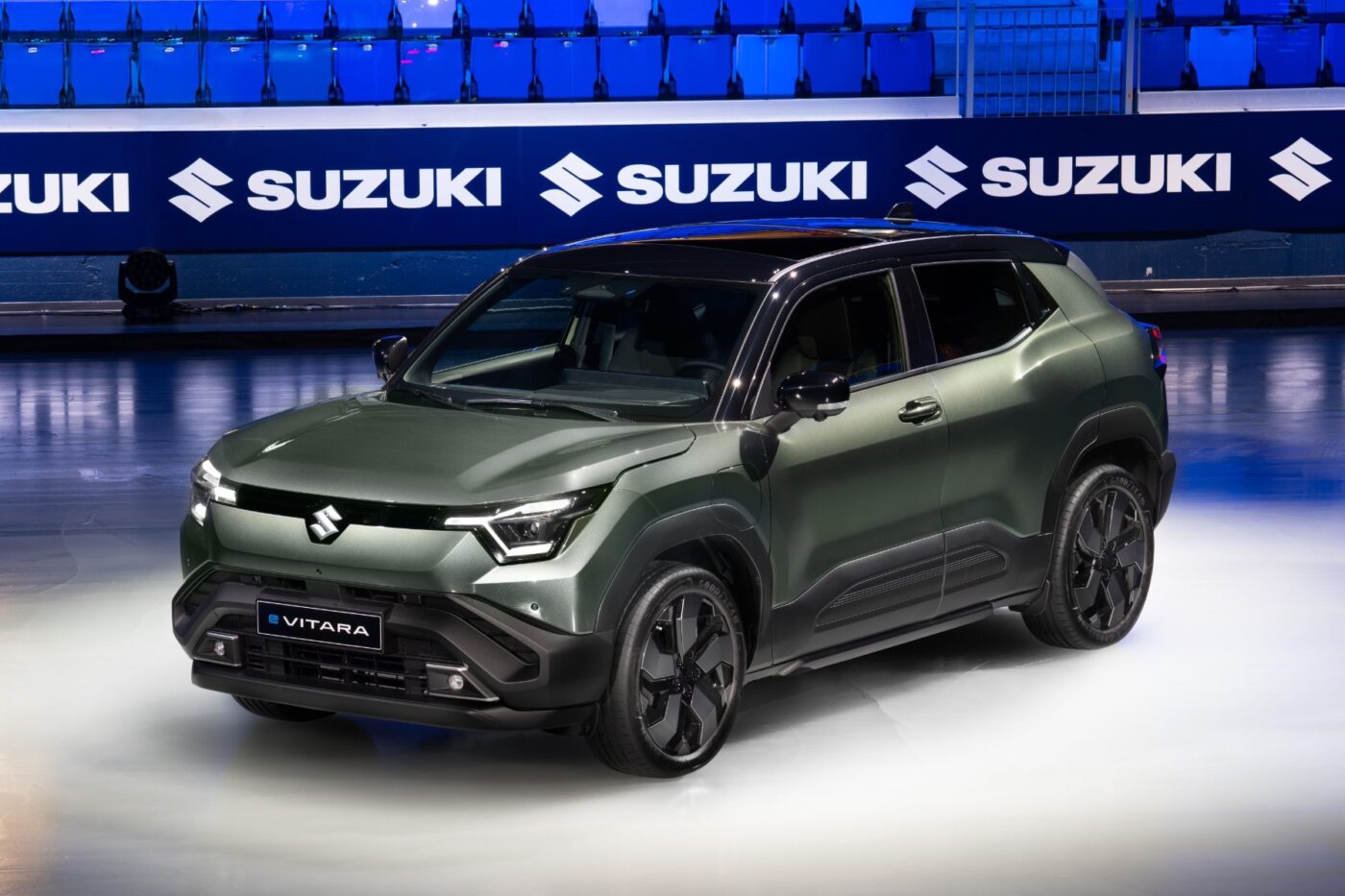
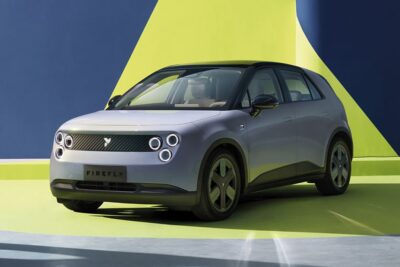
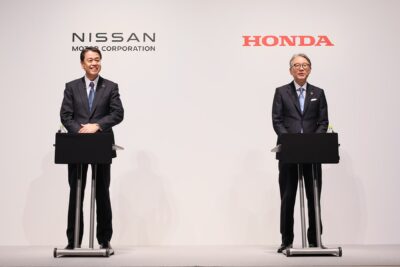
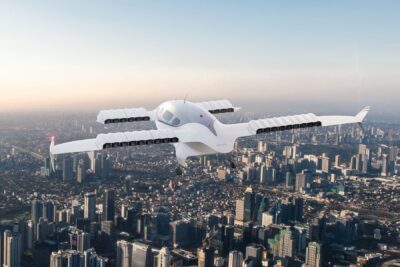
0 Comments